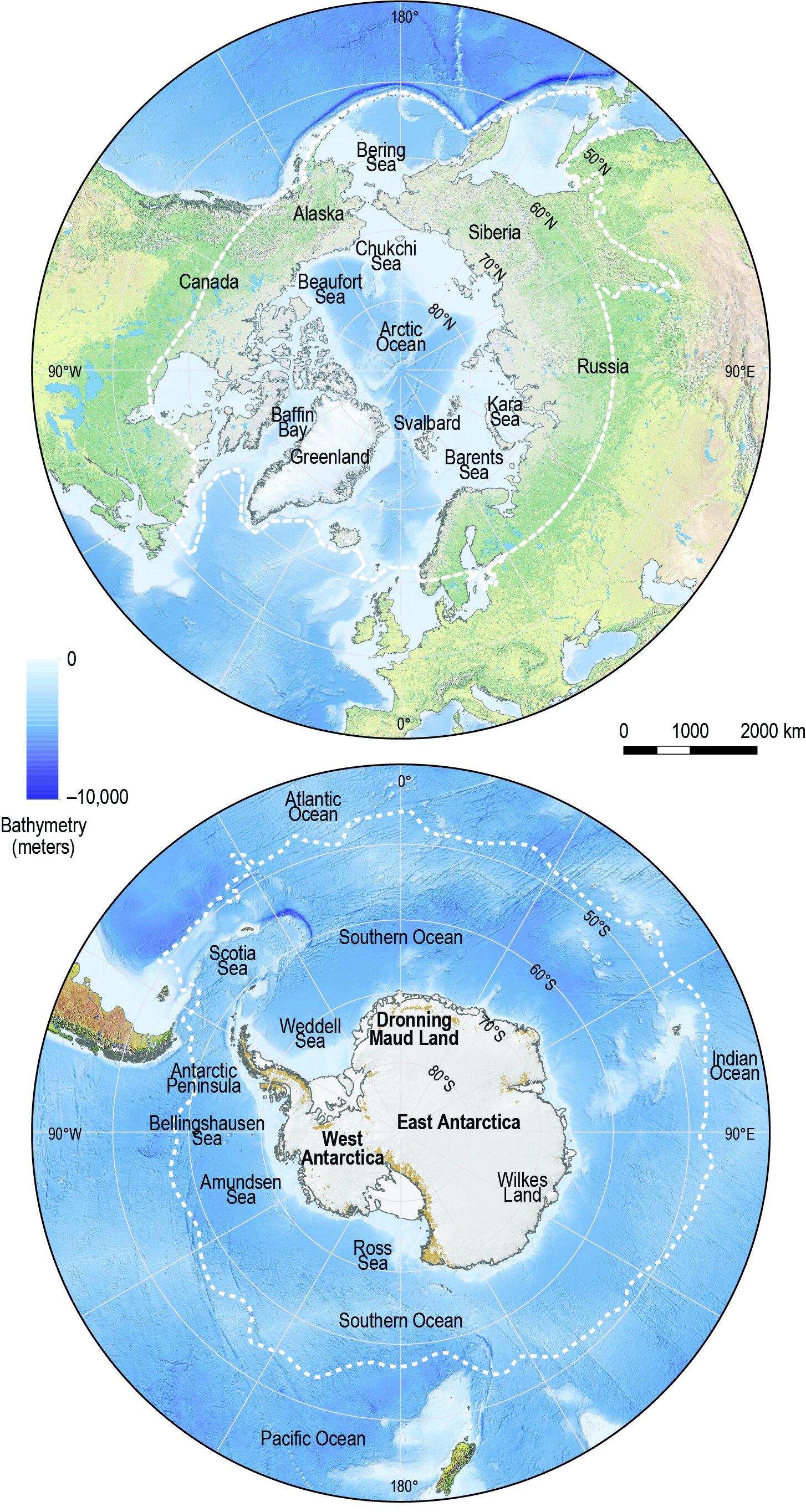I was so lucky that I got to interview climate and marine scientist Geir Ottersen from the Institute of Marine Research. In 2019, he was one of the main authors in the IPCC Special report on the oceans and cryosphere, in the chapter “Polar Regions”.
IPCC Special Report on the Ocean and Cryosphere in a Changing Climate
Following are some highlights from our conversation; how did you work on your chapter “Polar regions”? Were you out in the field?
- No, I was not in the field when I worked on this chapter. Scientists are actually not allowed to do new research when working on these reports. But the research has to be reliable. It is a long process to be chosen as a main author in the IPCC. You get a list of different points to include in the report. There are scientists at the IPCC who works on this full time, but for every new report, there are new scientists who come in each time. The topic of “ocean” is fairly new in the IPCC reports, it was first included in the AR5.
What made you interested in climate and the environment and why did you want to do research on this?
Image of Geir Ottersen, from the IMR
- There are some coincidences, for example the fact that I am from the Westcoast of Norway, means that I had a relationship with the ocean and fish, but I did not consider it as a career path before I started working at the Institute of Marine Research. The interest developed gradually in the 90s.
What are you working on at the moment?
- Comprehensive management plans for particularly vulnerable areas in the ocean. We are working towards a new paper to the Norwegian Parliament about the joint effect of different stressors to the particularly vulnerable areas. I am also in the finishing phases of EU-project, where I am charing a part of it. It is called INTAROS - The INTegrated ARctic Observation System*. Weather observations has been a part of the project, using satellites, we are also counting fish and use buoys that stand still to do continuous measurements, but there is a problem with the ice that can cause them to break.
One of the achievements when working on the comprehensive management plans was re-routing of ship traffic, where we recommended that ships that travel long distance routes outside the Norwegian coastline should take a wider circle around the coast. This has to do with the environmental impact it could cause Norway’s coastline if something went wrong. IMO, the International Maritime Organisation, supported this and it was implemented.
What has surprised you the most when working on the IPCC report?
- I was surprised by the glaciological numbers of just how much water that melted from Greenland and the Antarctic. It is hard to estimate how much that will melt, but the effect this has on sea level rise over time scares me.
Illustration from the IPCC Special Report on the Ocean and Cryosphere in a Changing Climate of the poles
…
A week has passed since the interview was conducted, but I still reflect over what Geir said. I find it inspiring that policy makers were listening to environmental advice. The decision of taking a longer route for the long distance marine traffic is one way of safeguarding our coastline. In the climate and environmental movement, there is always room for more wins. This makes it all the more uplifting when climate advice is actually listened to and made into policy. This should be the case in more areas concerning our climate and environment.
I thank Geir Ottersen for the interesting interview, and for helping spread knowledge on the state of the Earth and our oceans.
* According to their website, it is a “European Commission project aiming to help build an efficient integrated Arctic Observation System (iAOS) by extending, improving and unifying existing systems in the different regions of the Arctic”




